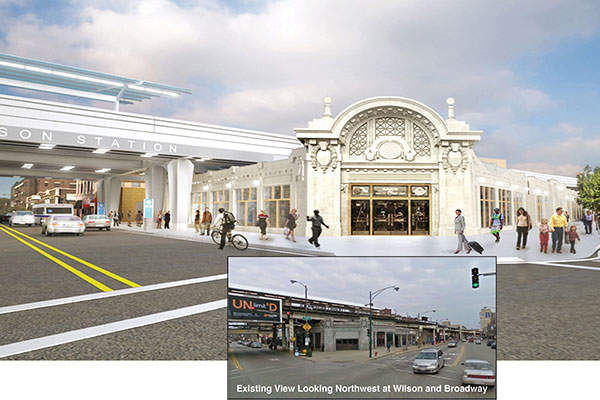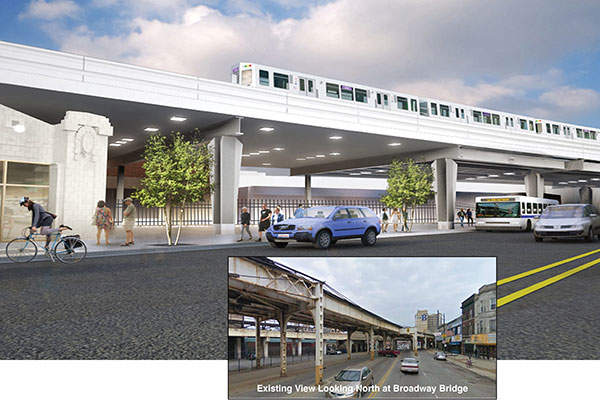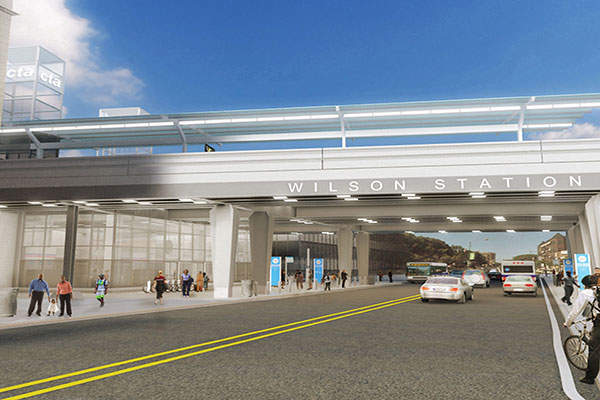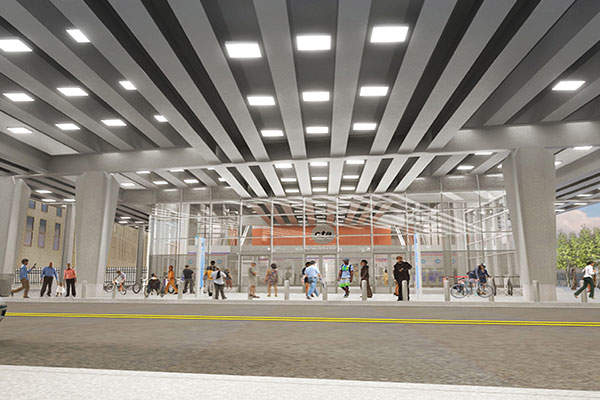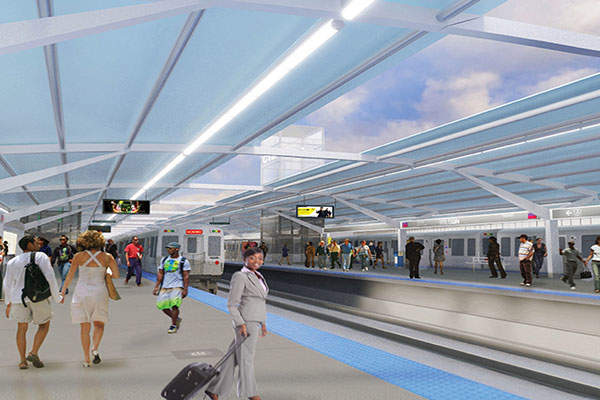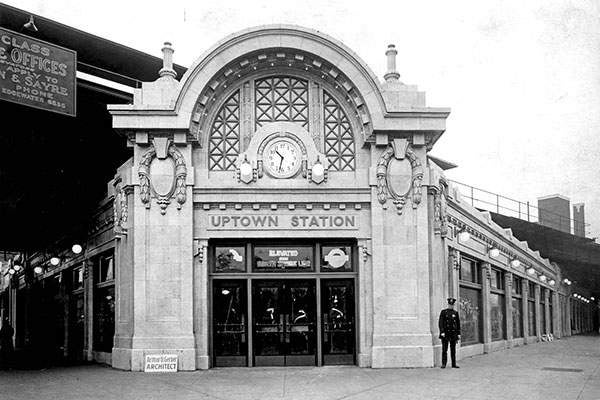Metro rail station Wilson Station has undergone one of the biggest station upgrade projects ever handled by the Chicago Transit Authority (CTA).
The project aimed to replace the old Wilson Station, which was built in 1923. Construction began in December 2014 and the old building was completely reconstructed to be modern and accessible. It now serves as a new transfer point between the Red Rail Line and Purple Line Express train services.
The project was a part of CTA’s $1bn Red Ahead project, a comprehensive programme for the maintenance, modernisation and expansion of the Red Line at North Broadway in Chicago, Illinois, US.
The project created 550 jobs during construction, and was completed in October 2017.
Objectives and phases of Wilson Station reconstruction
The reconstruction project planned to make Wilson Station’s building and track infrastructure more modern, spacious and easily accessible. Both were completely replaced to help reduce travel time, improve appearance and reduce maintenance costs.
The project was implemented in five stages, in addition to a pre-construction stage that began in December 2014 and continued into the first half of 2015. Work included the relocation of utilities, the laying of foundations for new and relocated infrastructure, and the demolition of unused freight structures.
Stage One of the project started in Q1 2015 and was concluded by Q1 2016. It included construction of temporary entrances on the north and south side of Wilson Avenue, as well as a temporary exit near Sunnyside.
The demolition and reconstruction of the SB Purple track was also completed in Stage One, as well as construction of a new southbound shared platform.
Stage Two of the project took place between Q1 2016 and Q2 2016. It saw the construction of entrances and exits, the demolition and reconstruction of the SB Red track and the operation of the new westernmost platform.
Stage Three included the demolition and reconstruction of the NB Red track, the closing of the existing Wilson Avenue and Gerber entrances, and construction of the new northbound shared platform. Construction for this phase started in Q3 2016 and lasted for six months.
The demolition and reconstruction of the NB Purple track was completed under Stage Four, which commenced in early 2017.
The final stage of the project began in the second half of 2017, and took two months to complete. It involved the opening of the main stationhouse, and construction of permanent auxiliary entrances on the northern side of Wilson Avenue and Sunnyside. It also included realignment of final track configuration and removal of temporary entrances and exits.
Design and features on the new Wilson metro station
The new station was designed with modern architecture, including steel-framed, semi-transparent canopies and a glass-enclosed main station entrance, located on the south side of Wilson Avenue.
The stationhouse has three entrances and exits to help improve customer convenience and accommodate more passengers. The main entrance is at the south side of Wilson Avenue, while the other two auxiliary entrances are located at the north side of Wilson Avenue and Sunnyside Avenue.
The upgraded station features two island platforms to allow for easy cross-platform transfers between the Red Line and Purple Line Express service. This makes Wilson the only transfer station between the Howard and Belmont stations.
Special arrangements in accordance with the Americans with Disabilities Act (ADA) have been made to improve the accessibility of customers with disabilities. The facilities include two elevators for vertical access to the platforms, braille signage, wheelchair-accessible fare gates and ramps from the station entrance to the platforms.
Other modern amenities at the station include wide stairwells, new escalators, additional turnstiles, new lighting, new signage and additional bike parking.
The project also restored the terracotta exterior of the existing station building, and improved the pedestrian environment on Broadway and Wilson.
Infrastructure developments and non-customer facing components of the project included track and viaduct replacements throughout the station area, upgrading of the signalling system, construction of a new elevated support structure and removal of all support columns located on Wilson and Broadway streets, as well as on the pavement along Broadway.
Contractors involved with Wilson station reconstruction
The CTA Board awarded a $153.6m construction contract for Wilson Station’s reconstruction to Walsh / 2-in-1 joint venture (JV) in December 2014.
A contract to install public artwork at the main entrance was awarded to Balmond Studio in July 2014.
Financing for Wilson reconstruction project
The total investment for the project is approximately $203m. Of this, around $170m came from the Illinois Jobs Now programme and the remaining came from the Federal Transit Administration (FTA) and tax-increment financing.

